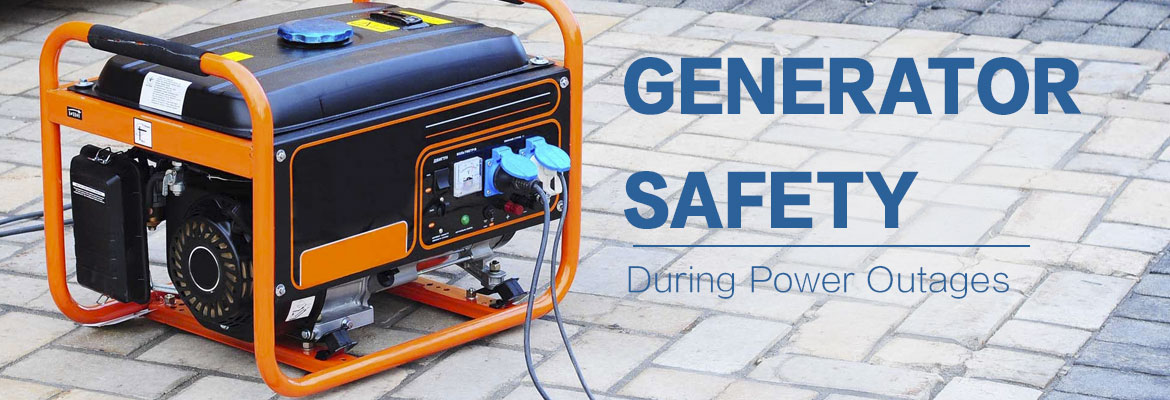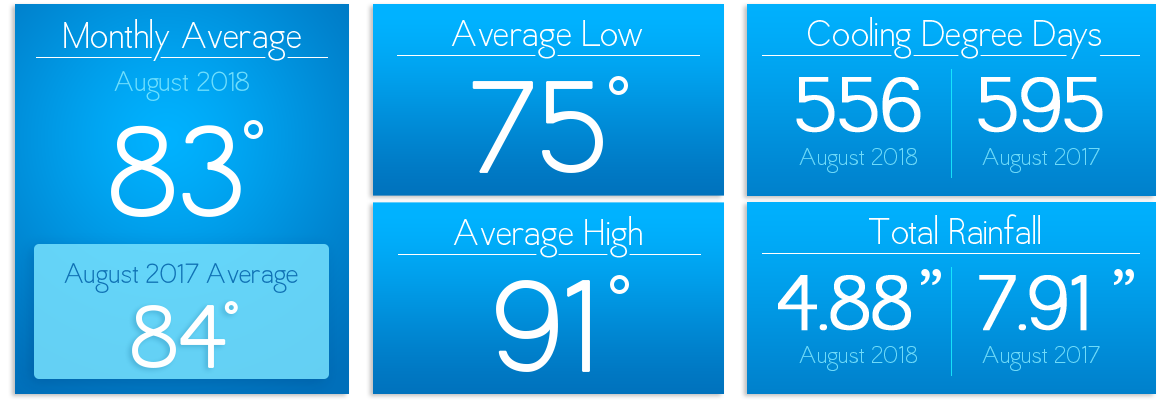Generator Safety During Power Outages
The 2018 Atlantic hurricane season started strong with three named storms in the season’s initial six weeks. In early August, however, the outlook was revised to predict a “below-average” season. Still, a storm can hit at any time. To protect your family, property and for the safety of SECO employees, read and follow these safety tips before installing or operating a generator.
Before purchasing a generator, research options and discuss your home’s size and watt needs with a knowledgeable retailer. Read and follow the generator’s operating instructions and safety guidelines provided by the manufacturer.
Installing an emergency generator is not a do-it-yourself job. To avoid injury, only a certified electrician is qualified to install the generator, install the disconnect and transfer switch and connect the generator to the home’s electric panel. Always follow local, state and national fire and electric codes, a permit for installation may be required.
Electric generators require proper ventilation and airflow. Never operate a generator inside a building – even an enclosed garage. During operation, electric generators emit fumes that contain deadly carbon monoxide (CO) gas – which is odorless and invisible. According to the Centers for Disease Control and Prevention (CDC), 400 Americans die each year from carbon monoxide poisoning and more than 4,000 are hospitalized.
Fuel safety is critical. Always store gasoline and diesel in approved containers out of the reach of children, and extinguish all flames and cigarettes when handling fuel. A fully charged fire extinguisher should be staged near the generator at all times.
Generator engine parts are very hot during operation – do not touch. Severe burns may result. Warn children to stay away from a generator in operation. Only use an extension cord free of exposed wires and frayed shielding. If the generator is faulty, contact a qualified repair technician for service. Similar to installing a generator, repairing a generator is a project best left to an expert.
To avoid injury to SECO employees, always disconnect from your metered electric utility service before starting the generator. Never remove or tamper with a generator’s safety devices.
Follow these safety tips to operate a generator safely during power outages. Visit SECO Energy’s website to learn more about generator safety.
“Like” SECO’s Facebook page and “follow” @SECOEnergy on Twitter for the latest storm alerts and company news.





